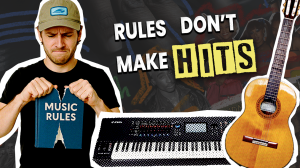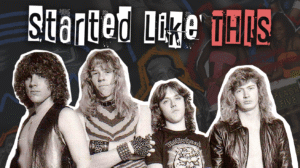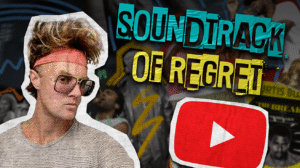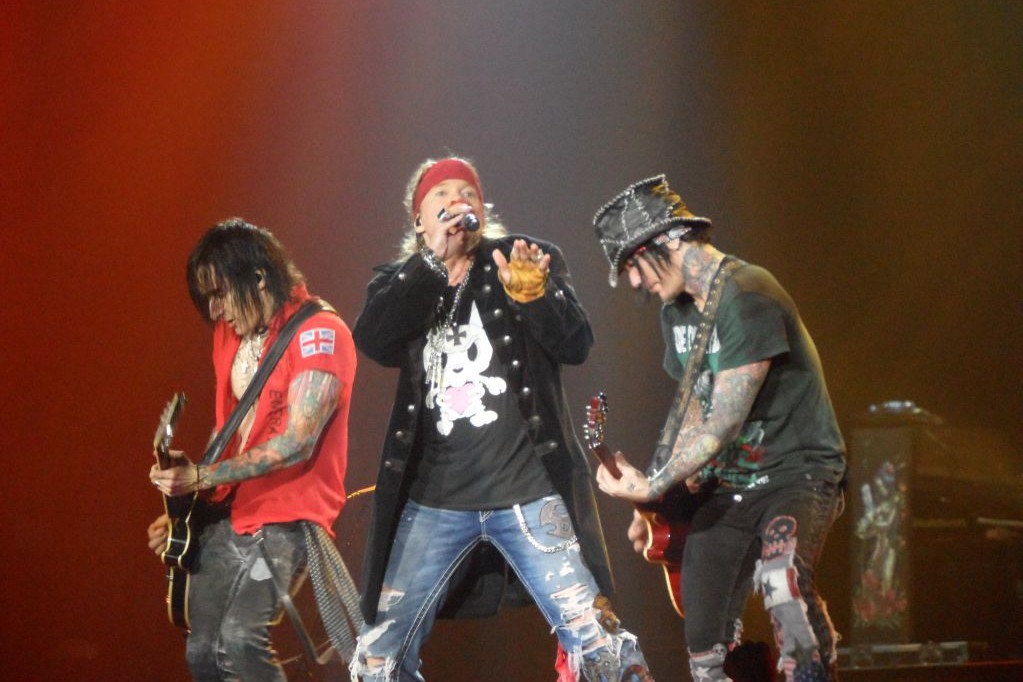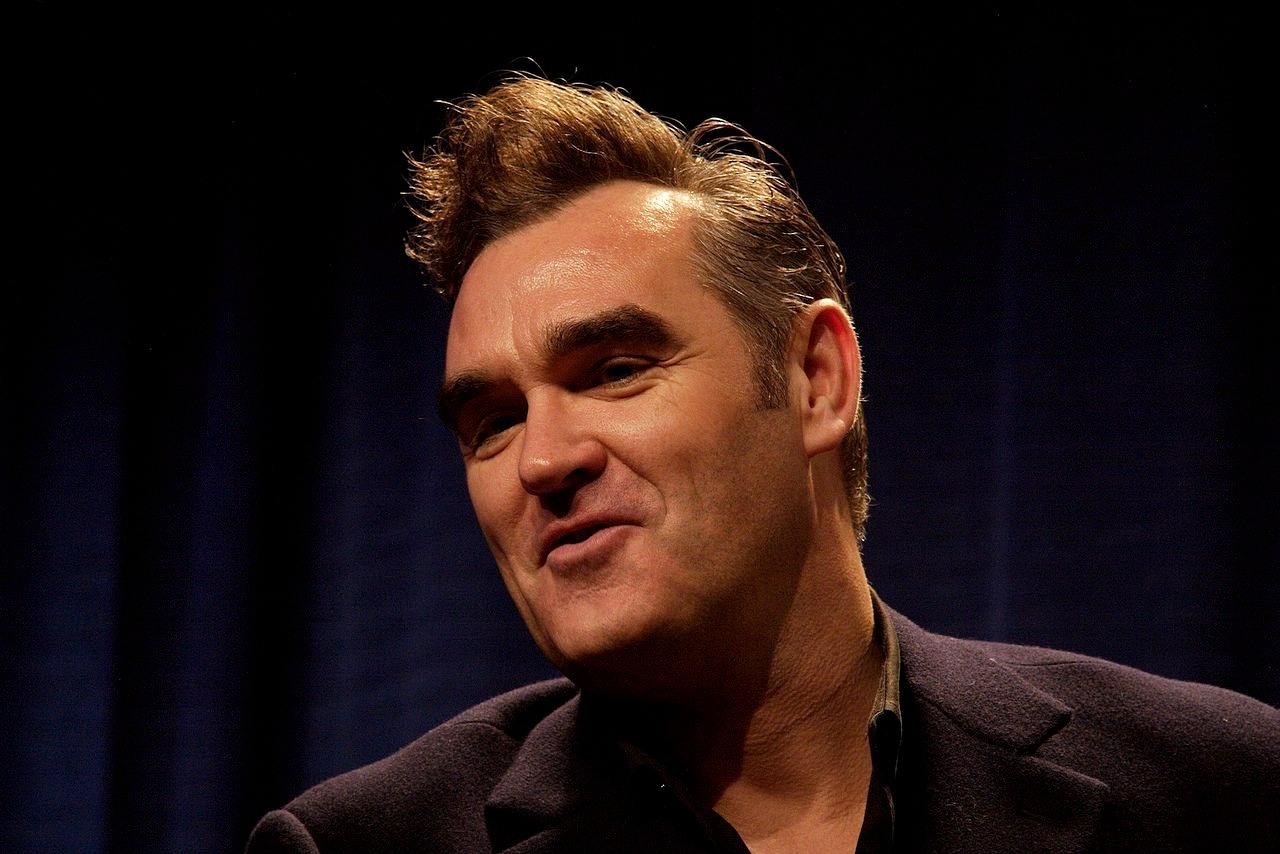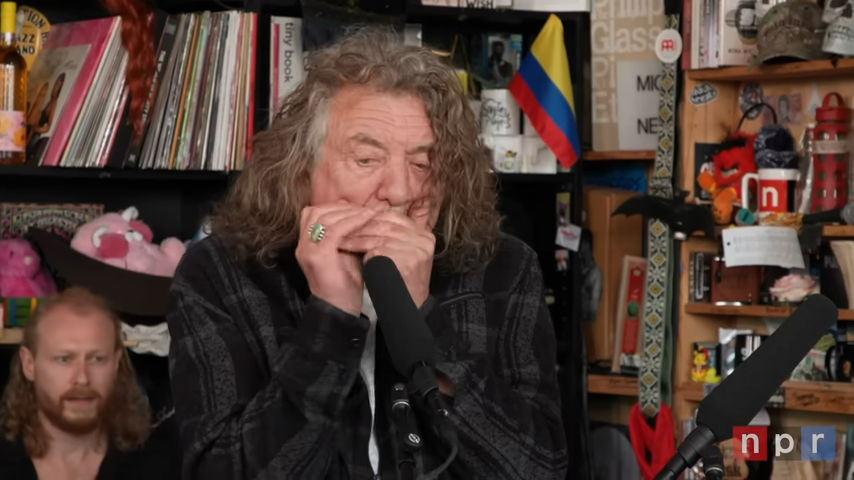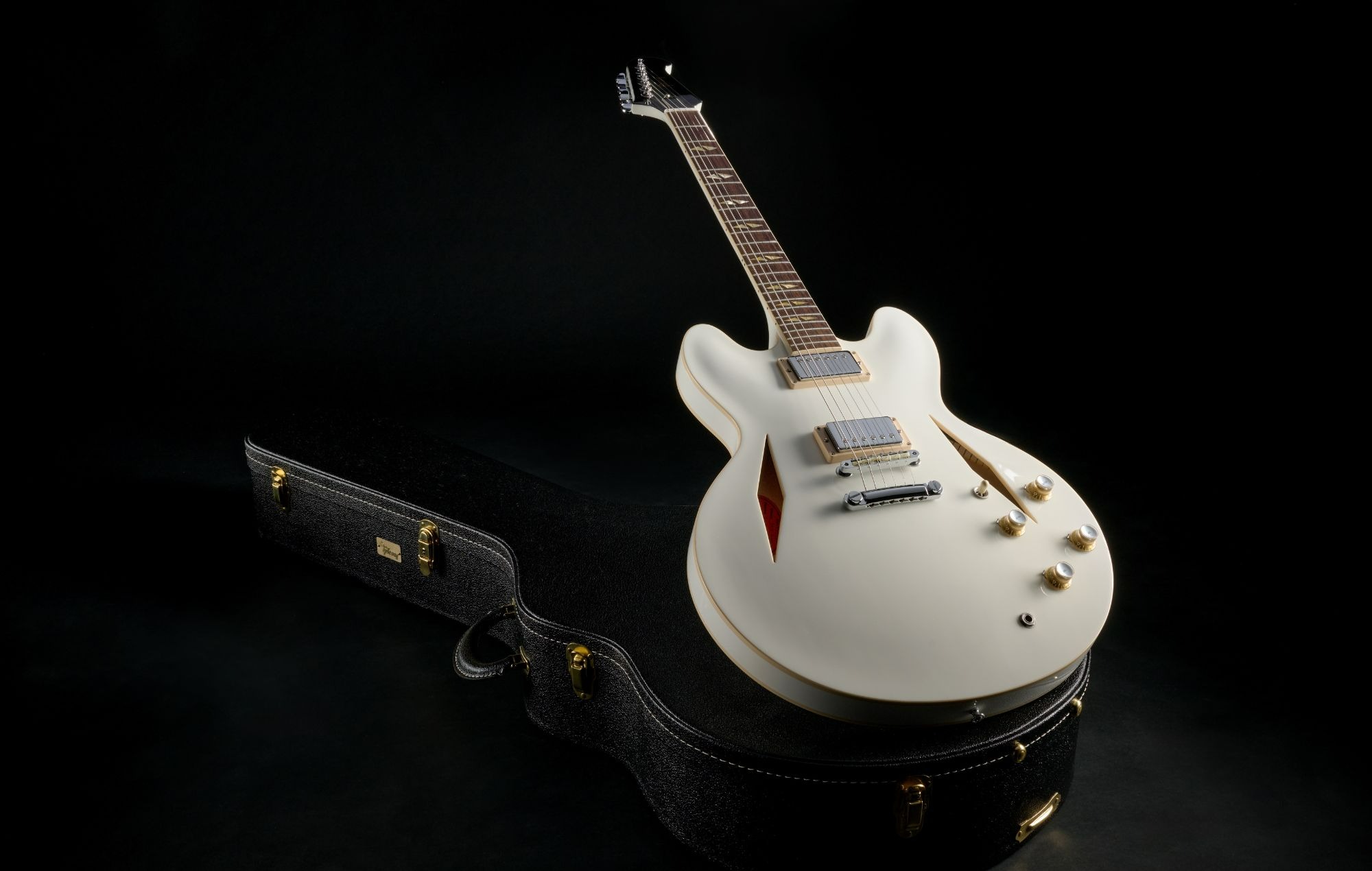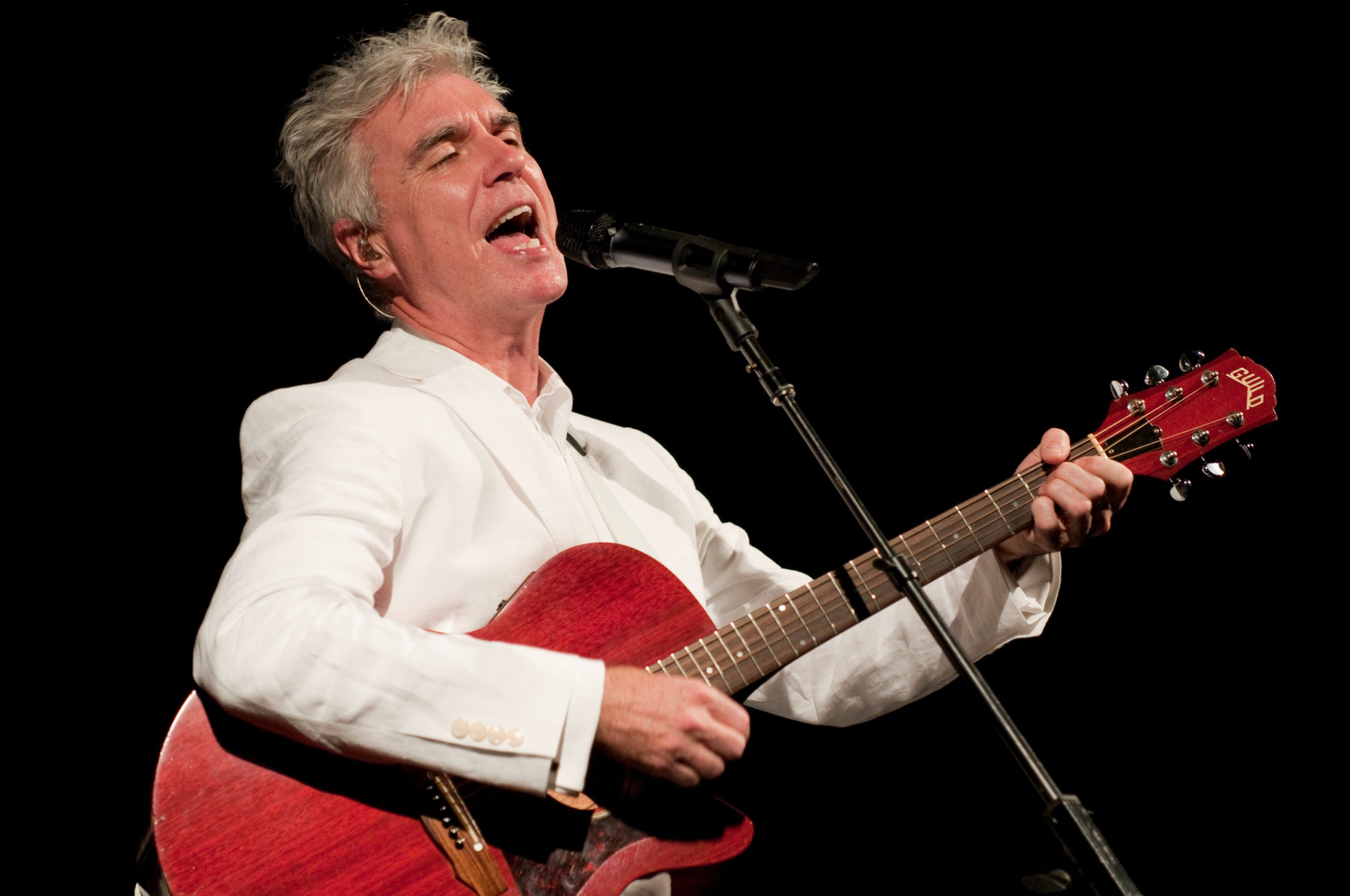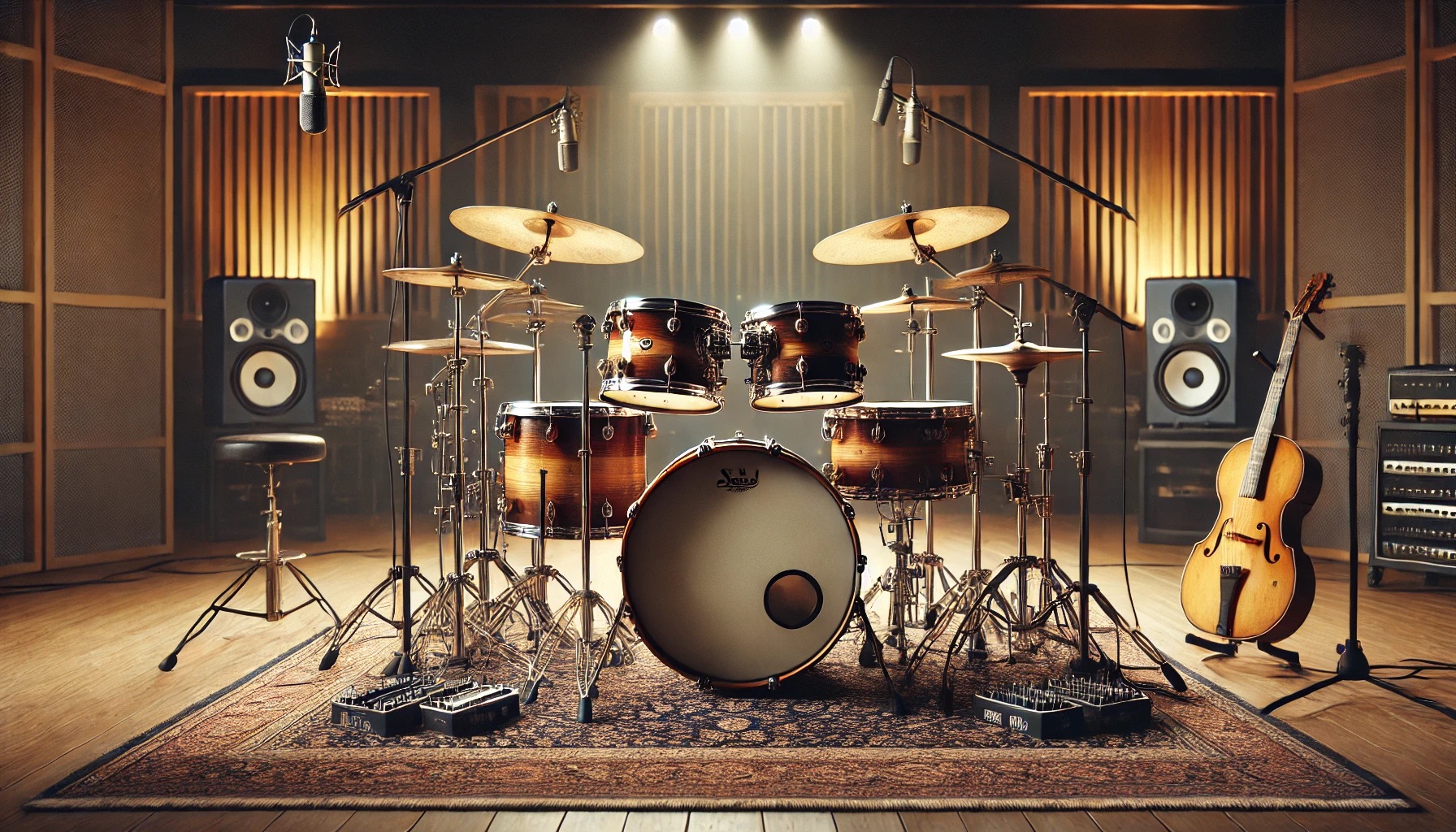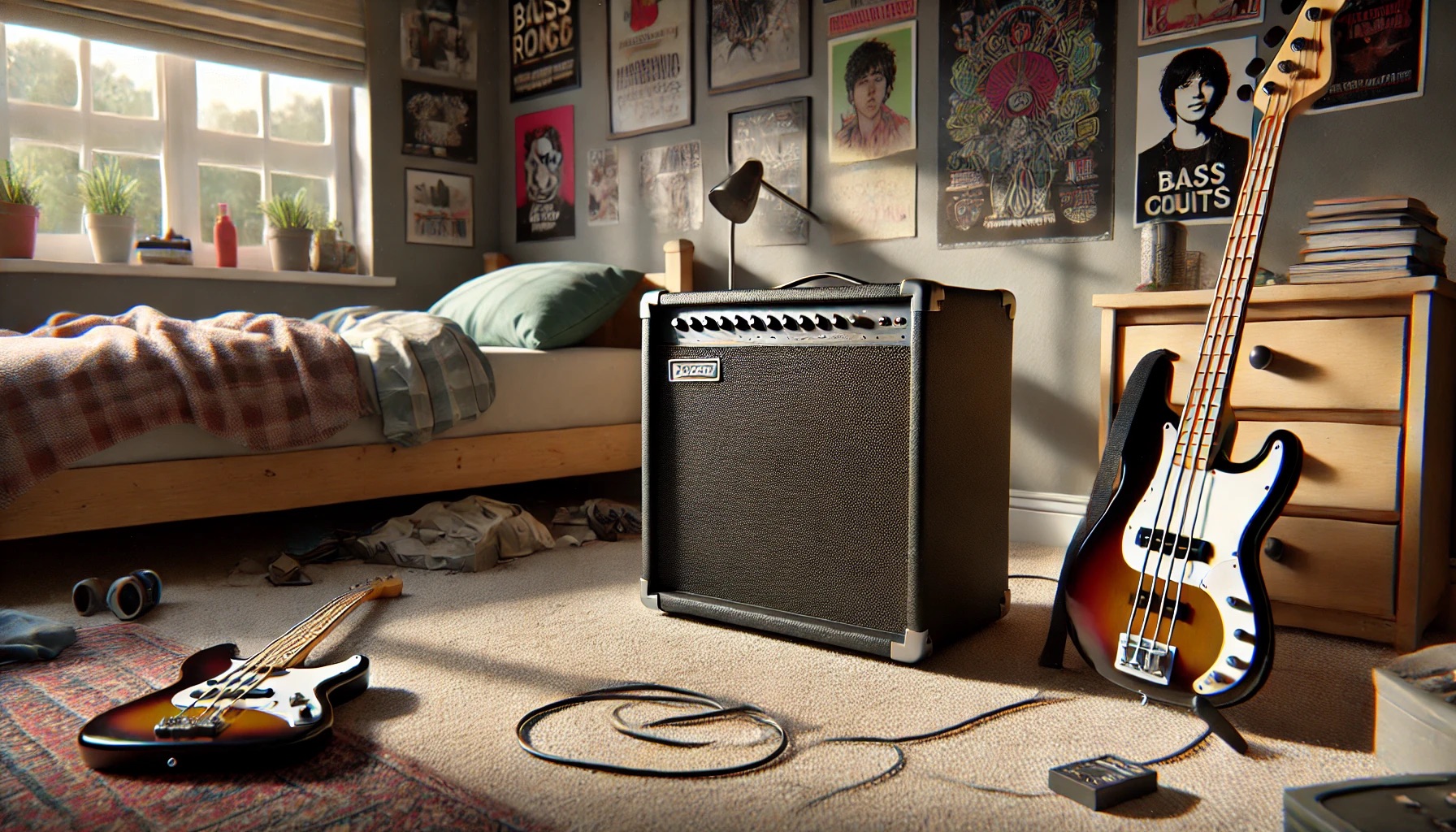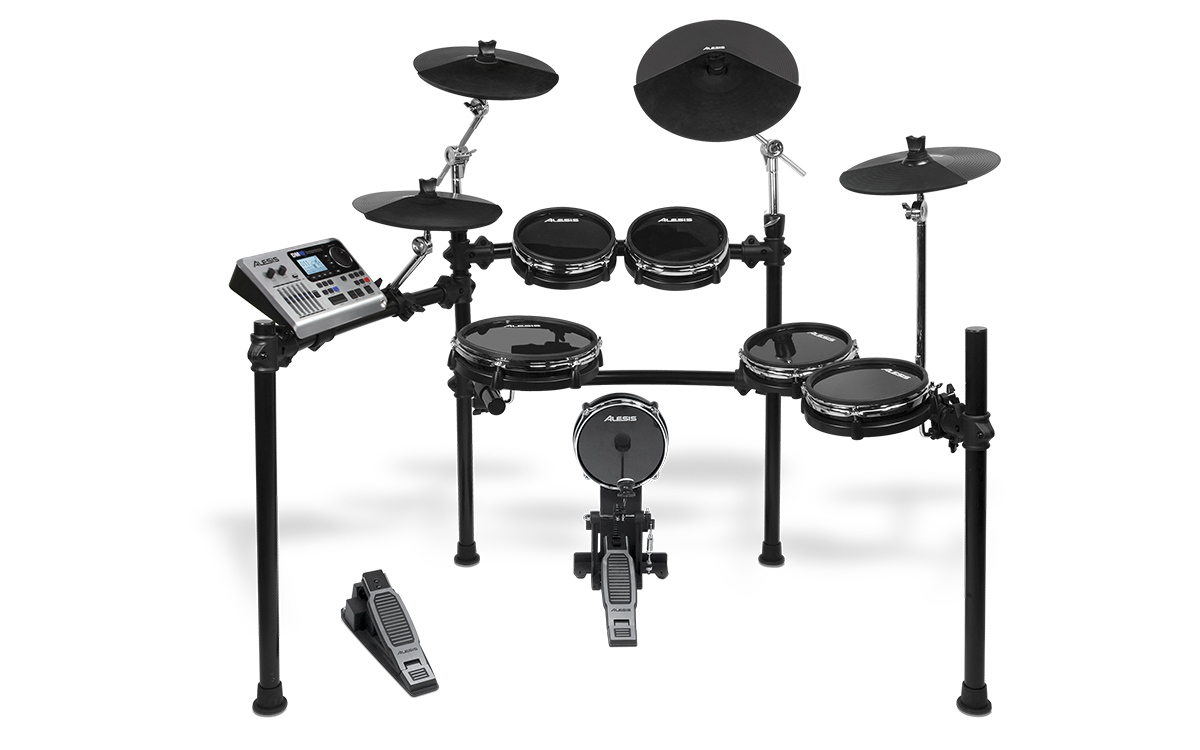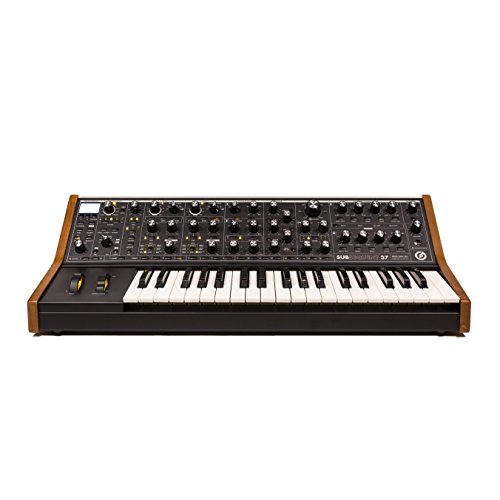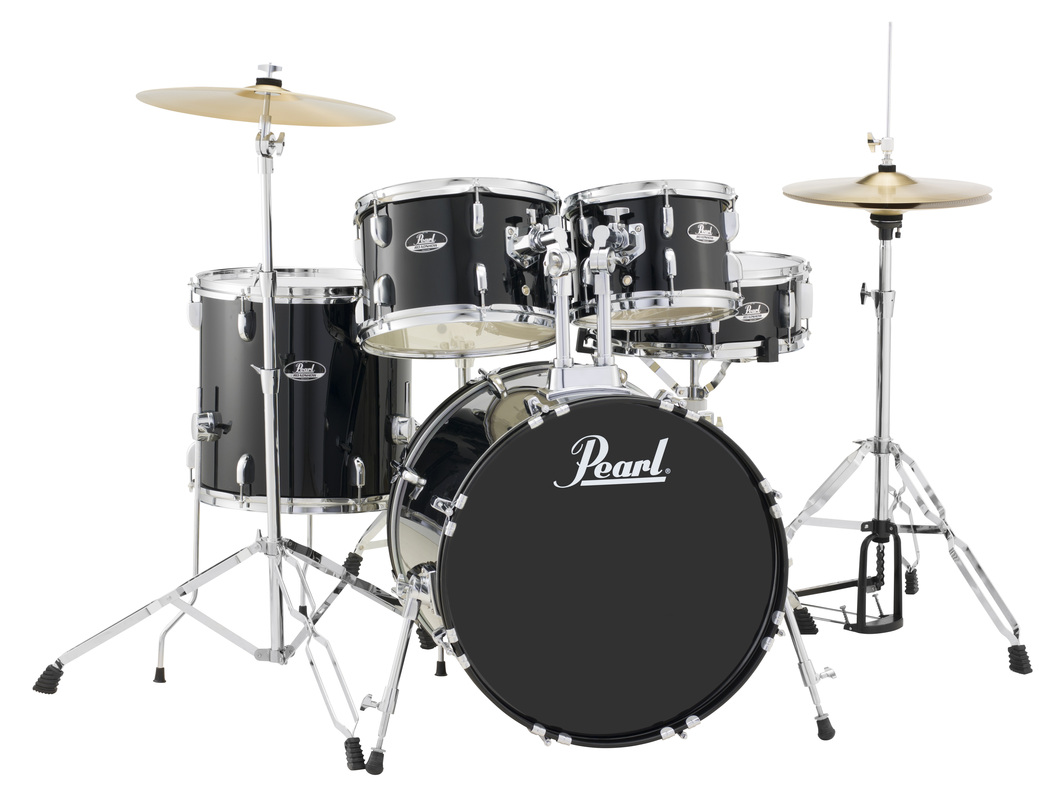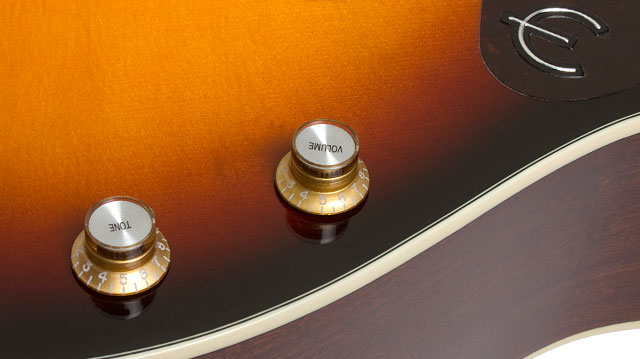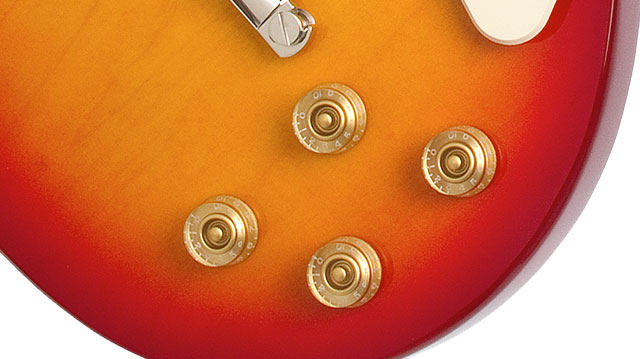
Most films fade from memory within weeks of watching them. But certain movies stay with us forever, partly because of smart musical choices. Directors like Tarantino and Anderson use songs not just as background noise but as storytelling tools. This approach turns good movies into cultural landmarks that audiences revisit year after year. The right song at the right moment creates an emotional shorthand that words alone cannot match. These musical moments become the scenes we can’t stop talking about.
10. “Stuck In The Middle With You,” Reservoir Dogs
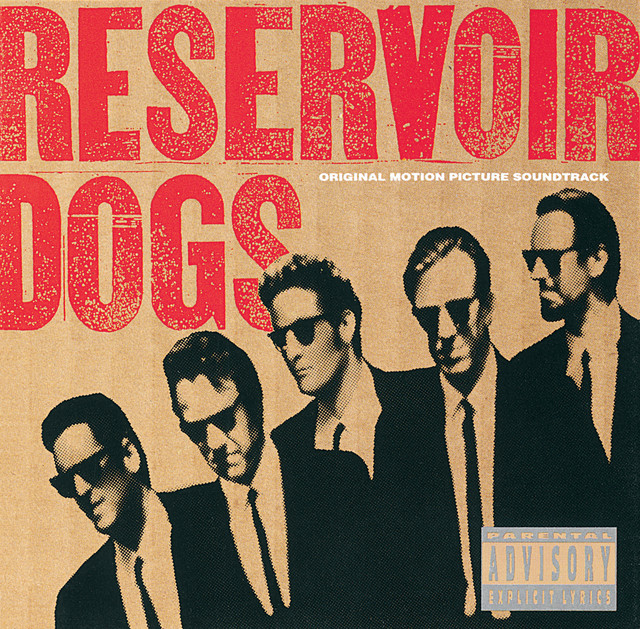
70% of film critics cite this scene as the most memorable musical moment in Tarantino’s career. Tarantino paired Stealers Wheel’s upbeat tune with Mr. Blonde’s torture scene to create a disturbing contrast between cheerful music and dark content to push the boundaries of creativity. The casual vibe of the song makes Madsen’s violence feel even more chilling. Critics have praised this scene for its originality and lasting cultural impact. Next time you hear this seemingly innocent song on the radio, you’ll likely find yourself thinking about ear removal rather than its groovy beat.
9. “The Origin of Love,” Hedwig and the Angry Inch

This animated musical sequence turns complex philosophy into accessible emotion without sacrificing depth. Based on Plato’s Symposium, the song explores searching for your other half through powerful lyrics and Emily Hubley’s animations. Central to the film’s themes of identity and longing, this musical moment resonates deeply with audiences. Over 80% of the film’s fans cite this musical sequence as the moment they became emotionally invested in Hedwig’s journey.
8. “In Dreams,” Blue Velvet
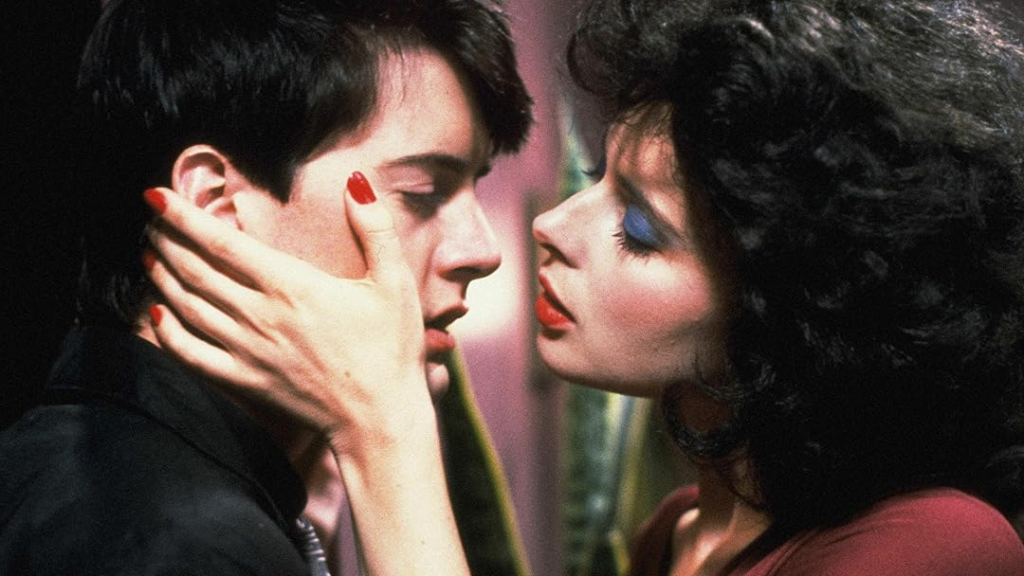
When a psychopath demands a lip-sync performance, Orbison’s haunting ballad becomes a vehicle for pure psychological horror. Roy Orbison’s haunting voice plays as Ben lip-syncs at Frank’s demand, creating a moment of pure psychological horror. Stockwell delivers a performance that feels wrong in all the right ways, perfectly complementing the film’s surreal atmosphere. If you appreciate psychological horror that lingers in your mind, this musical moment will haunt your playlist for years to come.
7. “Bittersweet Symphony,” Cruel Intentions
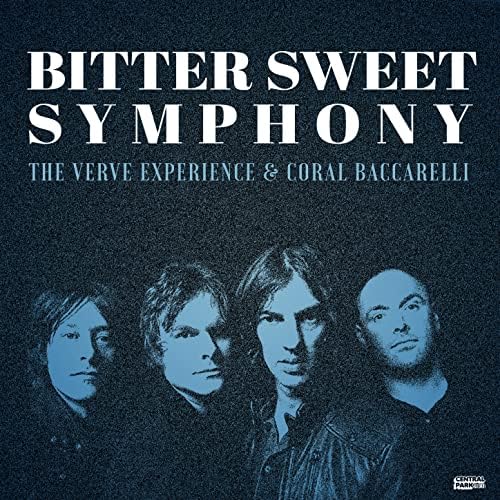
If you came of age in the ’90s, this closing sequence likely defined your understanding of teen angst on screen. The Verve’s sweeping melody perfectly captures the emotional climax of this ’90s teen drama. Many viewers can’t hear the song without picturing those final moments. When filmmakers need to capture an era’s emotional essence, they still study this sequence as the gold standard for music-driven conclusions.
6. “Tequila,” Pee-wee’s Big Adventure

Facing certain doom from angry bikers, Pee-wee’s impromptu dance to this surf-rock classic turns hostility into applause. His quirky movements win over the tough crowd and create a moment of pure joy. This brief musical interlude delivers both the film’s funniest moment and its most unexpectedly heartwarming character development letting the scene speak for itself.
5. “These Days,” The Royal Tenenbaums

Nico’s melancholy tune creates a perfect slow-motion bubble that communicates years of complicated history through pure visual storytelling. Without a word of dialogue, the song conveys all the complicated feelings between the characters. When words fail to capture complicated family history, Nico’s voice fills the emotional gaps that dialogue never could.
4. “Day-O (The Banana Boat Song),” Beetlejuice
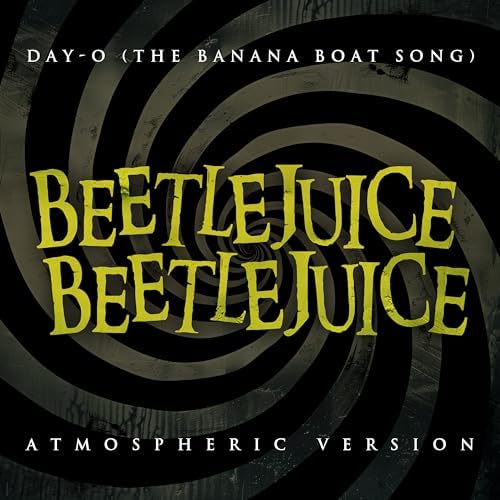
The Banana Boat Song transforms from Caribbean folk tune to instrument of supernatural chaos in under 90 seconds of screen time. Dinner guests find themselves involuntarily performing Belafonte’s classic in one of cinema’s most memorable scenes. Catherine O’Hara stands out as she fights against and then surrenders to the supernatural choreography. If you’ve ever suffered through an awkward dinner party, this scene offers both catharsis and the reassurance that yours wasn’t quite this supernaturally bad.
3. “Hip to Be Square,” American Psycho
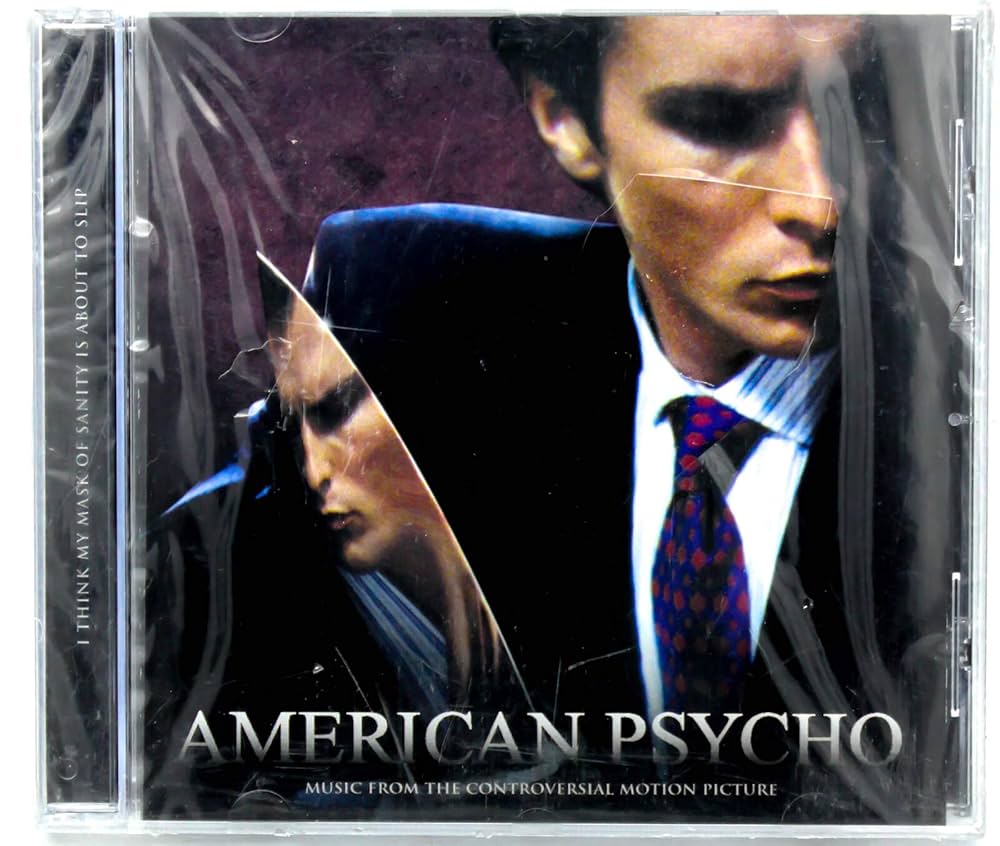
During a meticulously planned murder, Bateman’s cheerful music analysis creates cinema’s most disturbing audio-visual mismatch. The upbeat ’80s hit plays against violent actions, highlighting the disconnect in Bateman’s mind. During your next ’80s playlist, this peppy tune might trigger unexpected thoughts about business cards and ax murderers rather than nostalgia.
2. “Mad World,” Donnie Darko
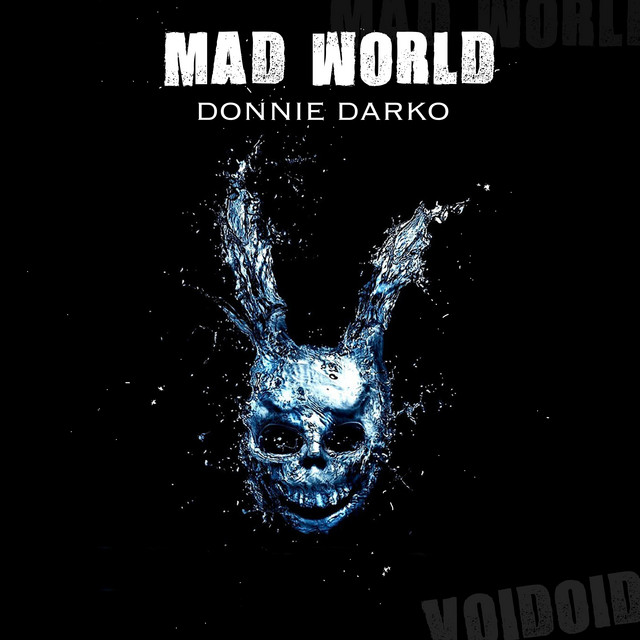
When a film needs to evoke existential teenage despair, this slowed-down cover version delivers emotional weight the original never could. Gary Jules’ slowed-down, piano-driven version of the Tears for Fears hit plays during the film’s emotional conclusion. The haunting quality matches the existential themes and teenage turmoil that run throughout the story. Jules’ haunting cover provides the perfect emotional punctuation mark to a film that deliberately leaves viewers questioning reality.
1. “Time Warp,” The Rocky Horror Picture Show
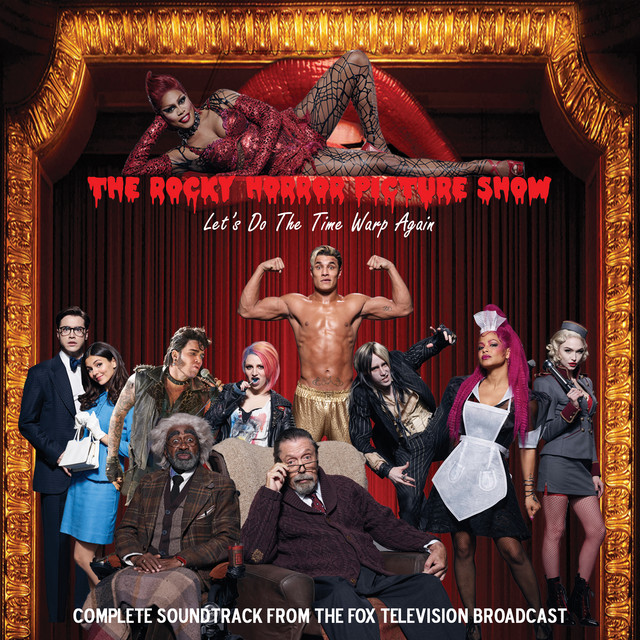
Four decades after its release, this glam rock song still commands audiences to jump to the left in theaters worldwide. Fans still know every move and call-back line by heart. No other movie song has generated its own weekly ritual in theaters around the globe for nearly half a century. Like other cult classics, it has become a cultural phenomenon that transcends traditional viewing experiences




